Tendon injuries, particularly patellar tendinopathy, are a significant issue in both athletic and general populations. This chronic condition, marked by persistent knee pain and loss of function, affects 23% of the general population and 29% of adolescents. Elite athletes, especially football, volleyball and basketball players, are particularly susceptible, with over one-third experiencing patellar tendinopathy and structural tendon abnormalities in over 60% of elite basketball players. Given the correlation between increased training load and tendon damage, effective rehabilitation strategies are essential.
One of the most promising interventions for tendon regeneration is isometric strength training. Research suggests that isometric loading—exerting a muscle force without movement—plays a critical role in tendon repair, providing both pain relief and structural improvements.
How Isometric Loading Promotes Tendon Regeneration
1. Overcoming Stress Shielding to Enhance Healing
A key challenge in tendon healing is stress shielding, where injured tendons are bypassed by load due to their reduced mechanical properties, leading to scar formation instead of true regeneration. Isometric contractions:
- Apply sustained tensile load, gradually overcoming stress shielding.
- Directly load the injured tendon, stimulating regeneration.
- Encourage collagen fiber realignment, strengthening tendon tissue.
2. Stimulating Collagen Production
Isometric loading increases expression of key tendon-related genes crucial for repair. Unlike dynamic exercises, which can increase cartilage-related gene expression, isometric exercises specifically support tendon matrix remodeling, promoting stronger, healthier tendon tissue.
3. Near Immediate Pain Reduction
Studies show isometric exercises provide near immediate pain relief in patellar tendinopathy through:
- Neuromodulation, reducing pain perception.
- Tendon relaxation, decreasing excessive stress.
- Improved load tolerance, allowing a return to activity.
4. Enhancing Cellular Response
Research on human and animal models shows tendinopathic tissue exhibits increased cellularity, collagen disorganization, and vascular changes. Isometric loading:
- Stimulates fibroblast migration, crucial for tendon repair.
- Regulates matrix turnover, optimizing collagen synthesis.
- Normalizes vascularity, reducing excessive blood vessel growth.
Who Benefits from Isometric Strength Training for Tendon Healing?
1. Athletes with Chronic Tendon Pain
- Basketball, volleyball, and running athletes who place repetitive stress on the patellar tendon.
- Those experiencing recurring knee pain that limits performance.
- Athletes aiming for safe return to sport without worsening tendon damage.
2. Adolescents with Knee Pain
- High school and collegiate athletes with developing musculoskeletal systems.
- Adolescents experiencing growth-related tendon stress.
3. General Population with Tendinopathy
- Individuals engaged in repetitive movements (e.g., manual labor, fitness enthusiasts).
- Older adults experiencing degenerative tendon changes.
4. Rehabilitation and Physical Therapy Patients
- Those recovering from acute tendon injuries or chronic overuse conditions.
- Post-surgical patients needing safe loading strategies to restore tendon integrity.
Conclusion
Isometric strength training is a powerful tool for tendon healing, particularly in patellar tendinopathy. By addressing stress shielding, stimulating collagen synthesis, reducing pain, and improving cellular response, isometric exercises support long-term tendon health. Whether for elite athletes, adolescents, or individuals struggling with chronic tendon pain, isometric loading offers a science-backed solution for tendon regeneration and recovery.
At Isophit, we help the world’s strongest, fastest, and most gifted athletes—and everyday people—win more, hurt less, and age stronger!


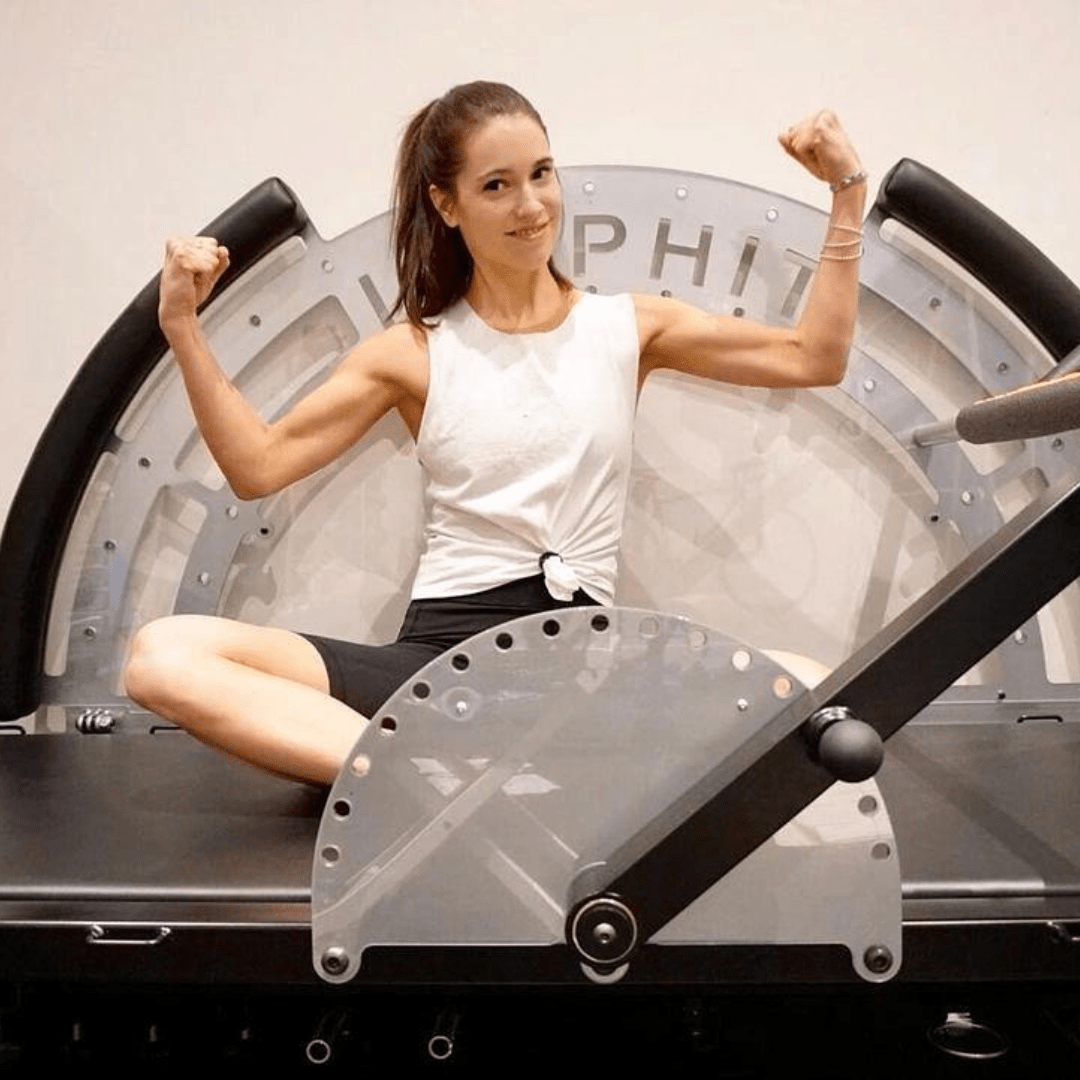

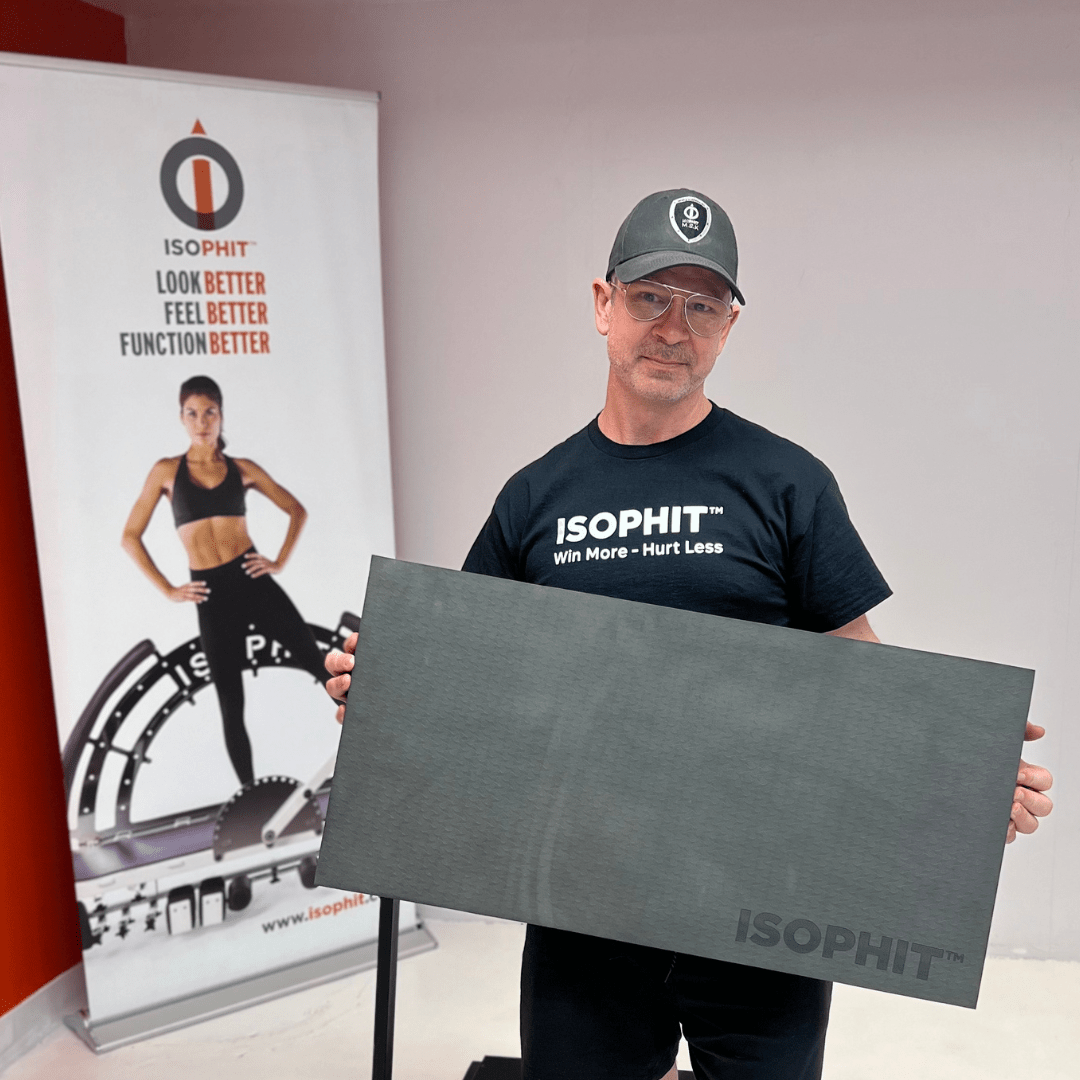
![5. 30inThirty™ Strength Series - [15 Printable Programs] - Isophit](http://www.isophit.com/cdn/shop/files/5-30inthirty-strength-series-15-printable-programs-433761.png?v=1728497641&width=1080)

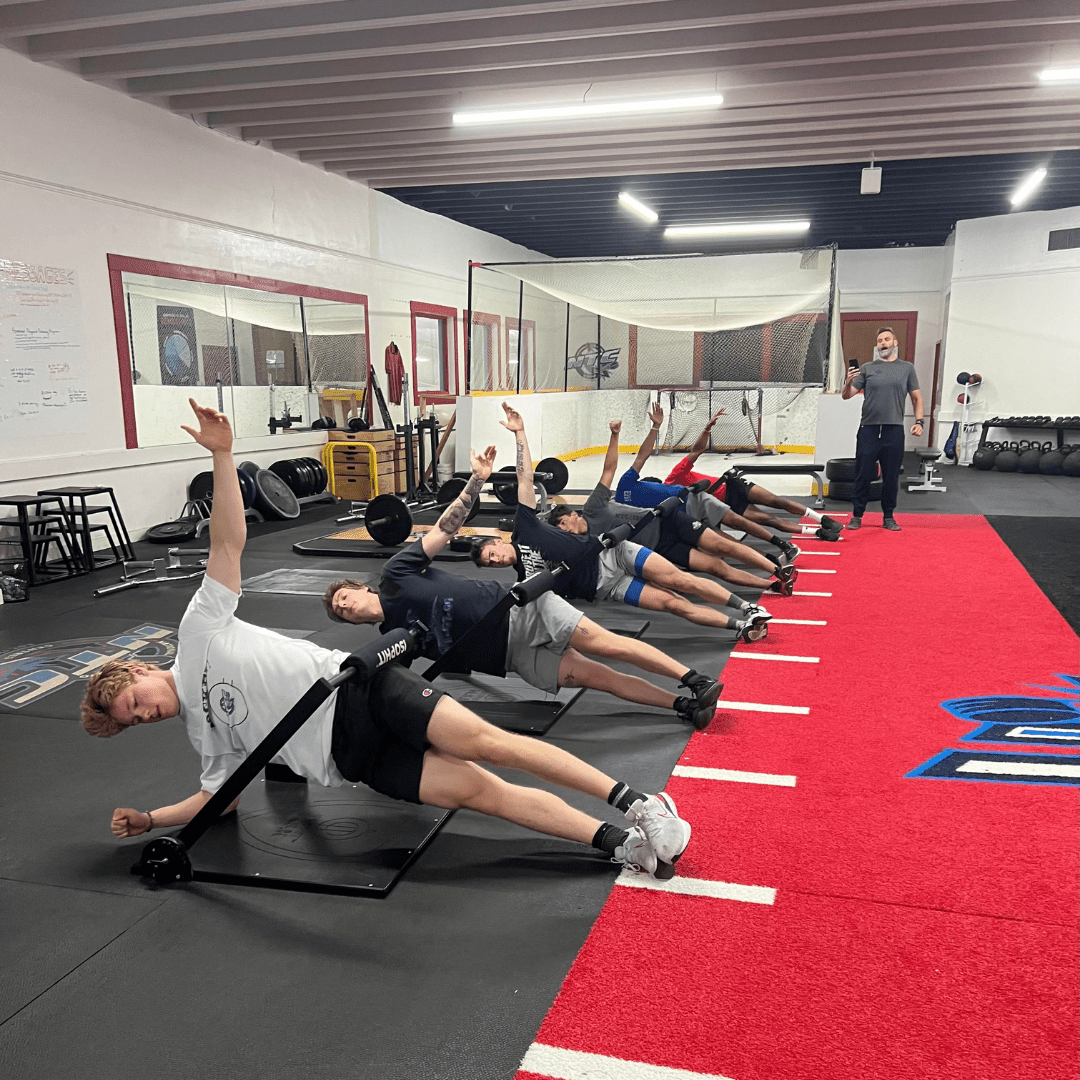
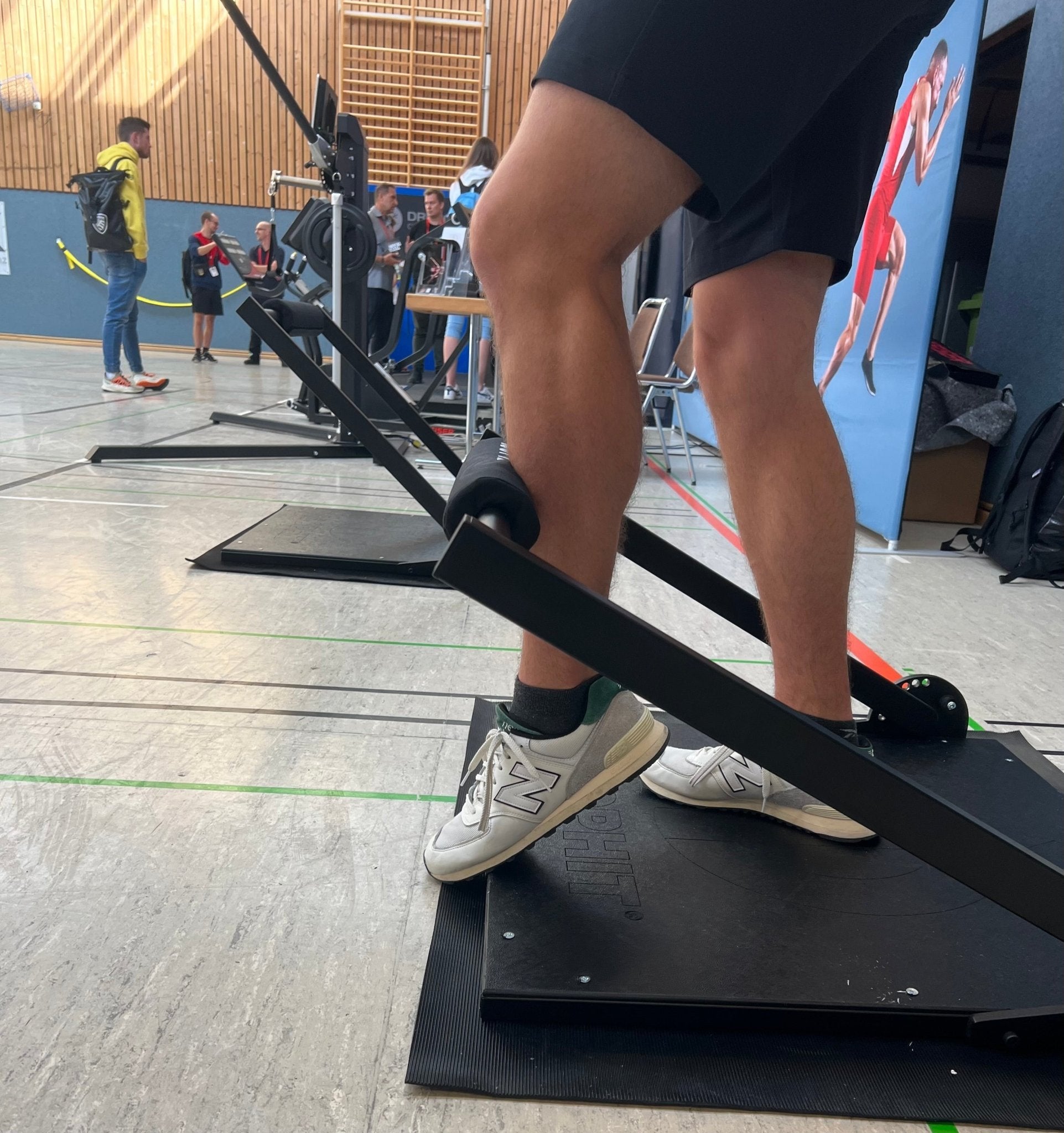
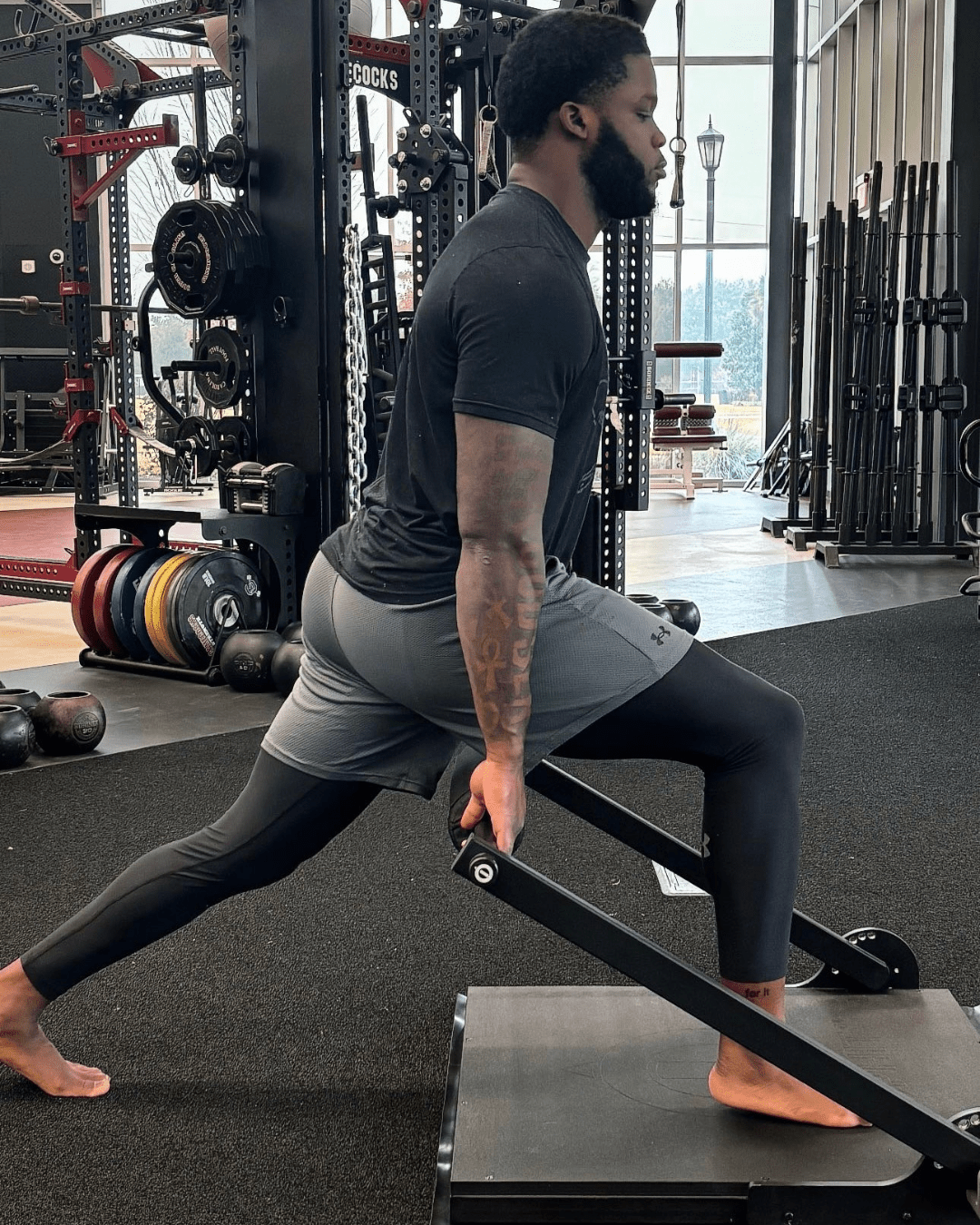
Share:
The Negative Impact of Inactivity and Injury on Tendon Stiffness and Force Production in Sport
The Power of Isometrics: Enhancing Stiffness in the Myofascial Tensegrity System for Athletes and Dancers